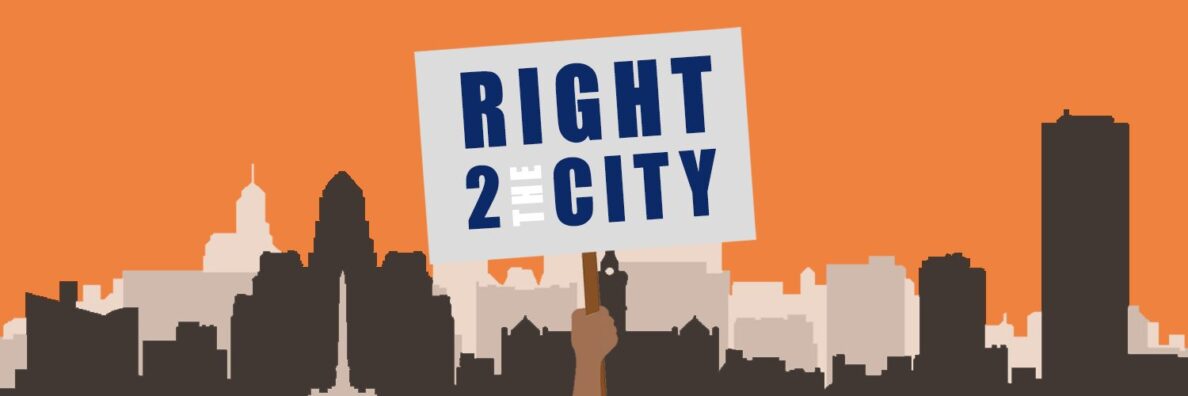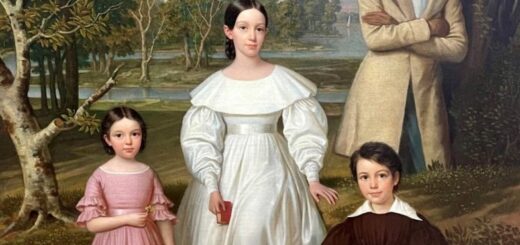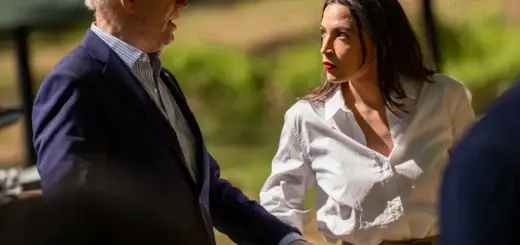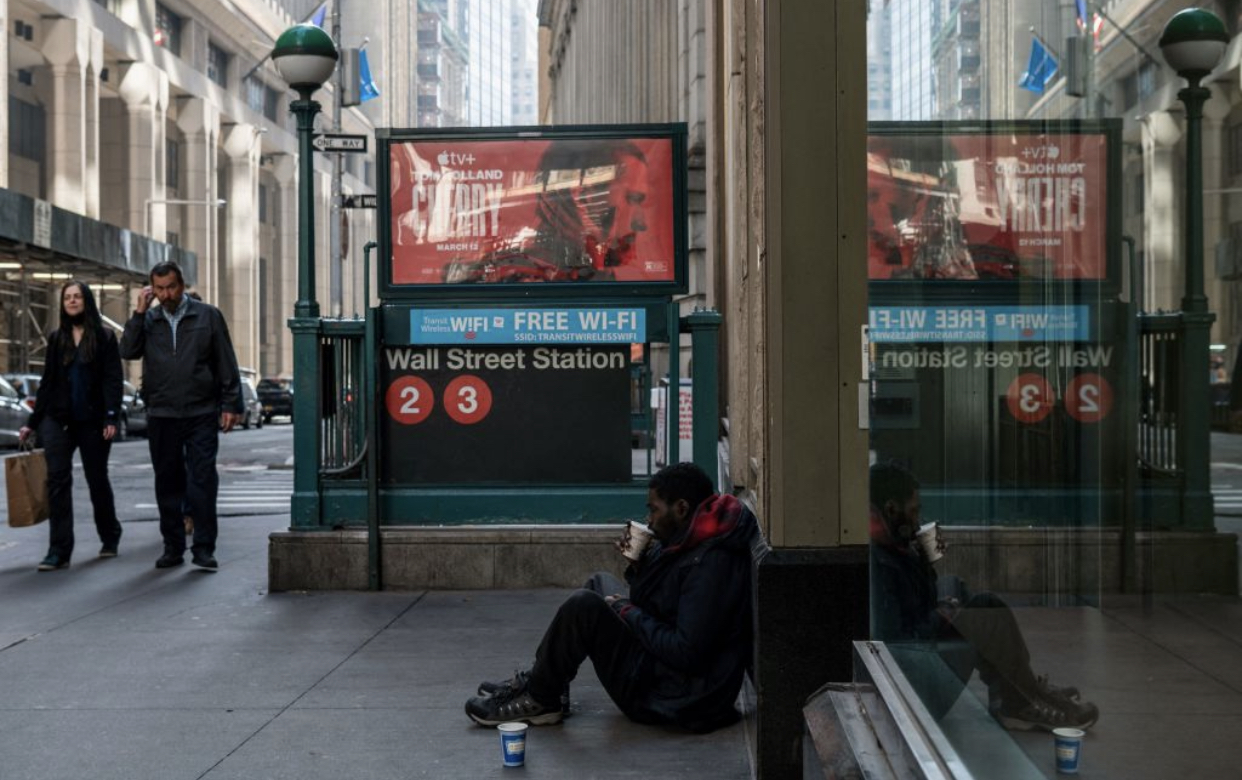Academics and Researchers Will Lead the Way in Cuba

Professor at University at Buffalo
I have visited Cuba once a year since the summer of 1999. Over the decades, to many Americans, Cuba has been an intriguing and mysterious place. The establishment of diplomatic relations and the easing of travel restrictions will lift that shroud of mystery, and give Americans a chance to know their neighbors.
The academy, scholars, researchers and students will lead the way; and they will construct the lens through which many Americans will initially view and learn about the island.
Tourism is still forbidden and the embargo continues to cast its shadow across the island. Still, the new rules make it easier to travel to Cuba for educational and cultural purposes. So, I expect an explosion of activities on the education and cultural front.
Already, dozens of colleges and universities, in all parts of the country, have established, or they are in the process of establishing varied education and cultural exchange programs with Cuba. Everywhere, education and cultural travel programs are popping up.
Interest is high.
People want to go to this forbidden island. There is a big and growing market for these educational and cultural programs — in part because they are only legitimate way for many people to travel to Cuba.
These educational programs will range from very short ones (two weeks) to those that will last for a semester or more. There will be degree granting programs, such as the defunct joint Master’s program in Caribbean and Cultural Studies between the University at Buffalo and Universidad de la Habana. In this program, our students spent time studying in Havana and their students spent time in Buffalo.
There will be instances when Cuban students study in the United States and American students study in Cuba. This is already happening. This fall, we will have at least one student from Havana enrolled in the University at Buffalo’s Caribbean, Latin America and Latino Studies programs.
There are currently American students studying medicine at Cuba’s famed Escuela Latinoamericana de Medicina (ELAM). The medical school has a special commitment to black and Latino students from the United States. The Cuba-black and Latino connection was the outcome of a visit to the island by the USA Congressional Black Caucus.
Rep. Bennie Thompson from Mississippi mentioned the shortage of doctors in marginal black and Latino neighborhoods in the USA, Fidel Castro responded by establishing scholarships for youth from such communities. Reportedly, there are over 100 U.S. students currently enrolled in the school.
There will also be an increase in joint research programs, especially in health and the social sciences. For example, I am working with Cuban National Institute of Hygiene, Epidemiology and Microbiology to get approval for a joint study with Cuba. These types of relationships will grow.
What impact will these activities on the Cuban education system? The experiences will enrich and benefit the Cubans, but it will not bring about any structural changes in their education system. There will be things that they learn from us, but also there will be things that we learn from them.
This is not a one-way street.
Cuba is not some backward country that needs saving. There are many things that we can learn from them, just as there are things they can learn from us. We should be seeking the development of a synergistic relationship based on mutual interest and respect.
If we do this, both of our countries will benefit from the normalization of relations.
Author Profile
Latest entries
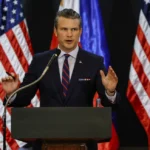 Political Corruption05/29/2025The US military, eyeing China deterrence, could draw down deployments to South Korea
Political Corruption05/29/2025The US military, eyeing China deterrence, could draw down deployments to South Korea Political Corruption05/29/2025Federal court blocks Trump from imposing sweeping tariffs under emergency powers law
Political Corruption05/29/2025Federal court blocks Trump from imposing sweeping tariffs under emergency powers law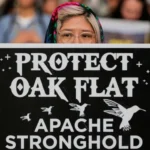 Environmental Issues05/28/2025US Supreme Court rejects Native American case against large copper mine
Environmental Issues05/28/2025US Supreme Court rejects Native American case against large copper mine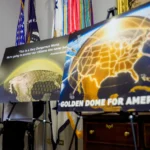 Political Corruption05/28/2025Trump says Canada will pay $61bn for Golden Dome, or become 51st state
Political Corruption05/28/2025Trump says Canada will pay $61bn for Golden Dome, or become 51st state
